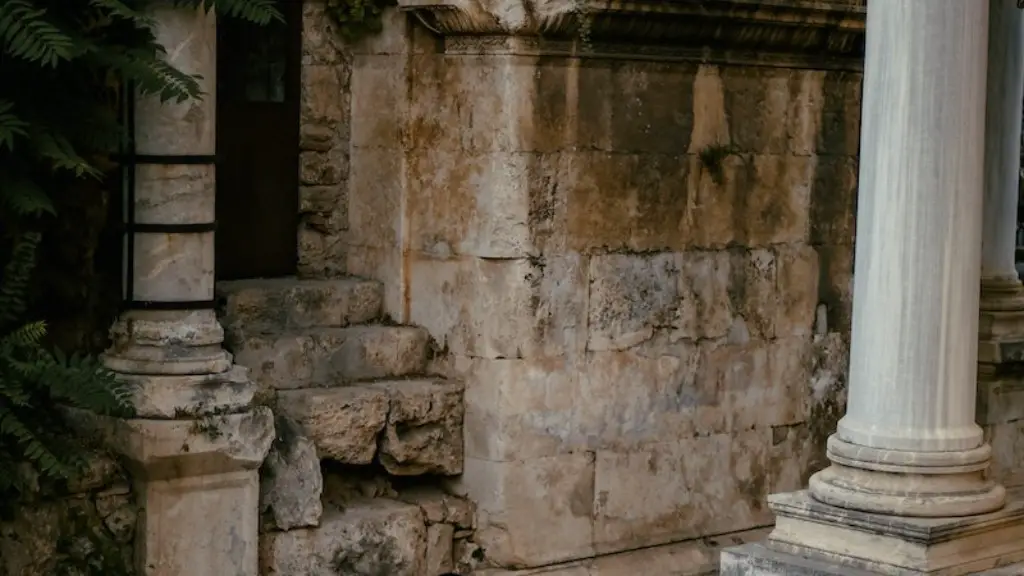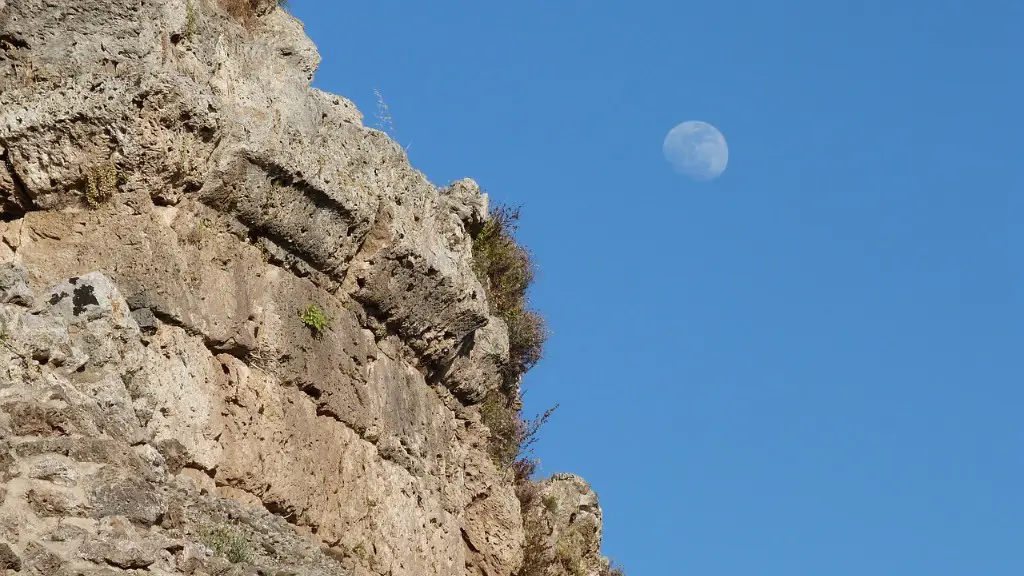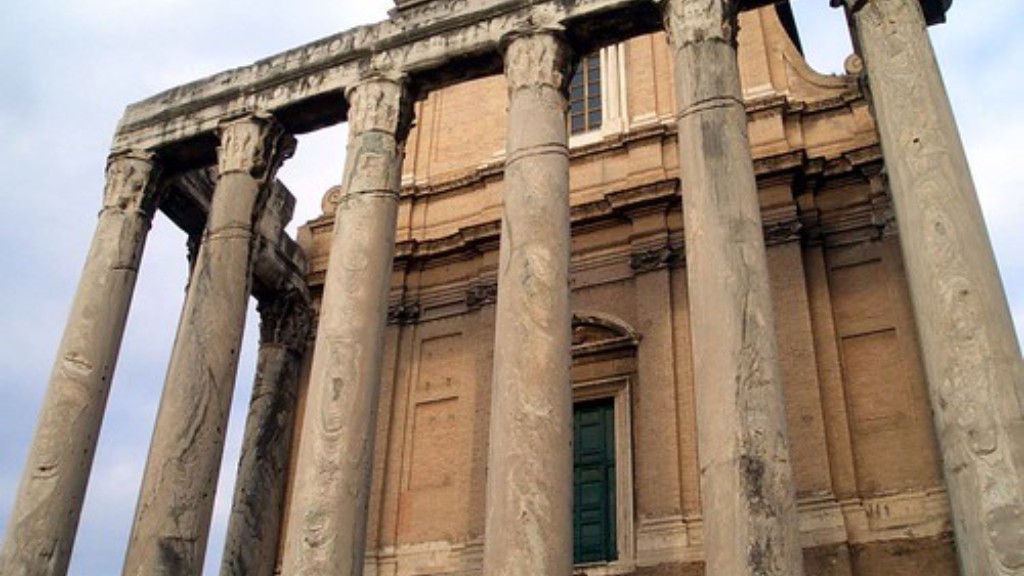Where is Rome On A Map Of Ancient Rome?
Rome is one of the most enduring cities in the world, having been inhabited since the 8th century BC and studied in universities, museums and archaeological sites throughout the world. As the capital of the ancient Roman Republic and Roman Empire, Rome lies at the heart of the city’s historical, political and spiritual legacy. To this day, it remains one of the most powerful symbols of imperial power, strength and culture. Rome is located on the western coast of the Italian peninsula, on the banks of the Tiber River. Throughout its long and varied history, Rome has also exerted considerable cultural, political and economic influence in Europe, North Africa and the Middle East.
The Impact Of Ancient Rome
The city of Rome has played a pivotal role in the evolution of western civilization. During the height of the Roman Empire, its influence was felt throughout the Mediterranean, with Rome acting as a major cultural, political, commercial and religious center. The city’s polytheistic religion, its educational and legal systems, its engineering feats, its military prowess and its unparalleled monuments all served to shape and define the West’s culture for centuries.
Rome’s political power and the city’s vibrant culture helped spread the Latin language throughout Europe and beyond, acting as the foundation for modern Romance languages like French and Spanish. Its legal and educational systems provided the foundation for legal codes in many European nations. Its engineering feats, such as aqueducts and monuments, continue to amaze visitors from all corners of the world.
The Architecture Of Ancient Rome
The city was renowned for its architecture, with its countless monuments, theaters and temples reflecting the city’s wealth and status. These include the majestic Colosseum, the Pantheon, the Forum Romanum, the Circus Maximus, the Forum Boarium and the Temple of Jupiter Optimus Maximus. The Colosseum, in particular, is one of the most iconic historical structures in the entire world and serves as a powerful symbol of Roman power and influence. Additionally, the city is home to many other historically significant landmarks, including the Basilica at St. Peter’s Square and Castel Sant’Angelo.
The Monuments Of Ancient Rome
The city is also renowned for its countless monuments. From the iconic monuments of Ancient Rome such as the Colosseum to the smaller, more tucked-away treasures scattered throughout the city, Rome has a wealth of monuments to explore. Some of these include the Trevi Fountain, the Pantheon, the Spanish Steps, the Piazza Navona, the Roman Forum, the Altar of Peace and the Vatican City.
The Cultural Significance Of Rome
Rome continues to be a fundamental part of global culture and politics. The city remains as the seat of the Roman Catholic Church, with St. Peter’s Basilica at the center of the Vatican City. Additionally, it hosts international organizations such as the United Nations Food and Agriculture Organization and the World Food Program. Rome has also become a major destination for visitors from around the world, with its world-famous monuments, restaurants and museums making it one of the most popular cities in the world.
The Art Of Ancient Rome
The art and culture of Ancient Rome continues to inspire artists, architects and social critics around the world. It is seen in the works of Michelangelo, Bernini, Raphael and other masterful Renaissance artists. Many of these artists used the city as their muse, drawing inspiration from its monuments and timeless culture to create works that are still admired around the world.
The Language Of Ancient Rome
Rome was the birthplace of the Latin language, and Latin is still widely used today in a variety of forms. Latin is the official language of the Roman Catholic Church and is used for many official ceremonies and texts. Latin is also a scholarly language used in law, science and medicine, as well as in certain fields of academia. Through Latin, Rome has also left its legacy in modern languages such as Italian, Spanish and French.
The Legacy Of Ancient Rome
The legacy of Ancient Rome lives on in many different ways. Many aspects of Rome’s culture and civilization are still highly valued today, including its educational and legal systems, its engineering feats and its political and cultural influence. Its monuments, art and language continue to inspire and influence people around the world. Rome’s legacy also lives on in the form of its political institutions, including the Senate and the Supreme Court, as well as the statute of government that it introduced, which serves as the foundation of governments all over the world.


